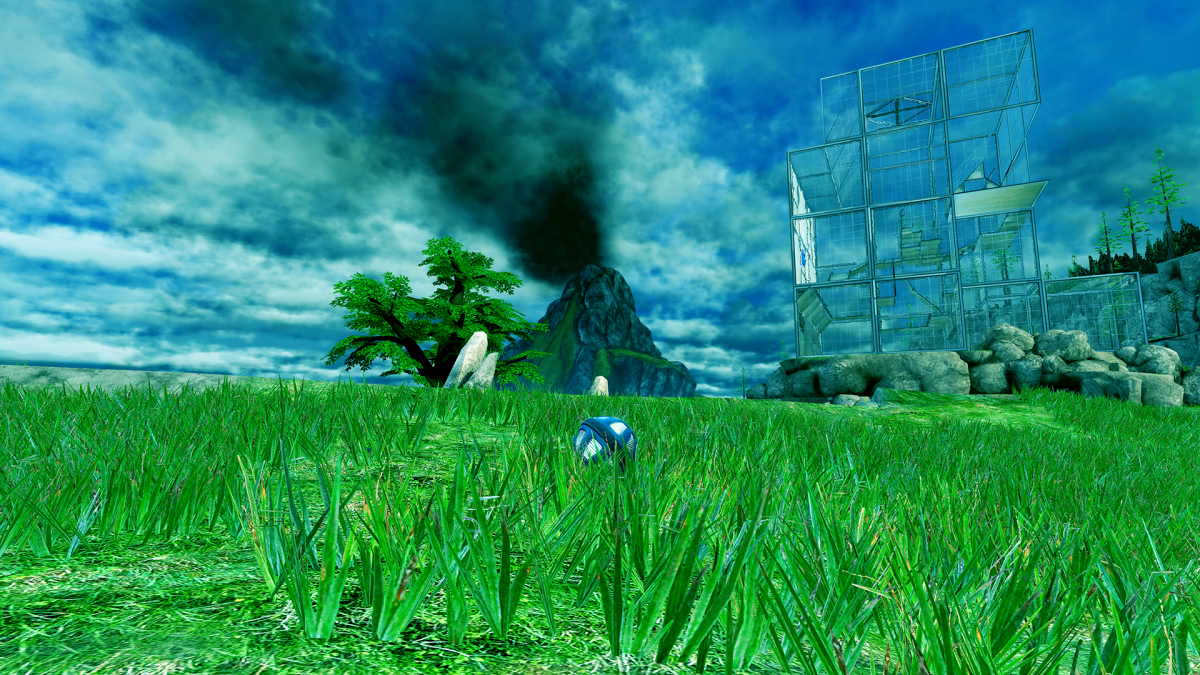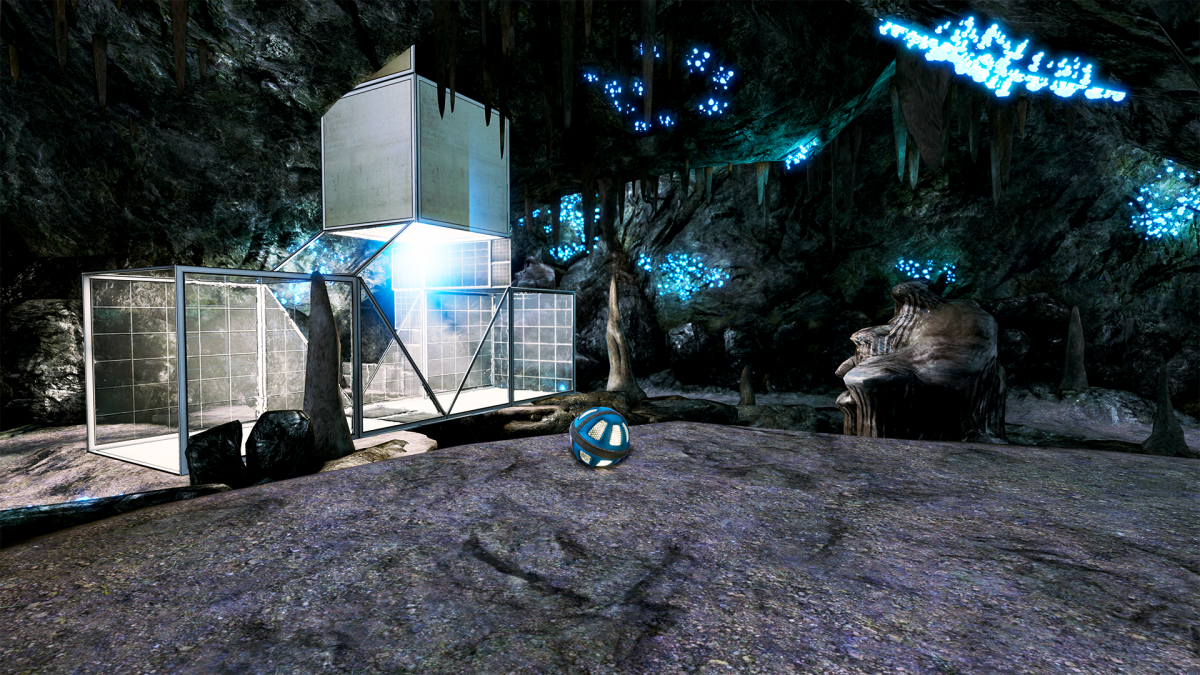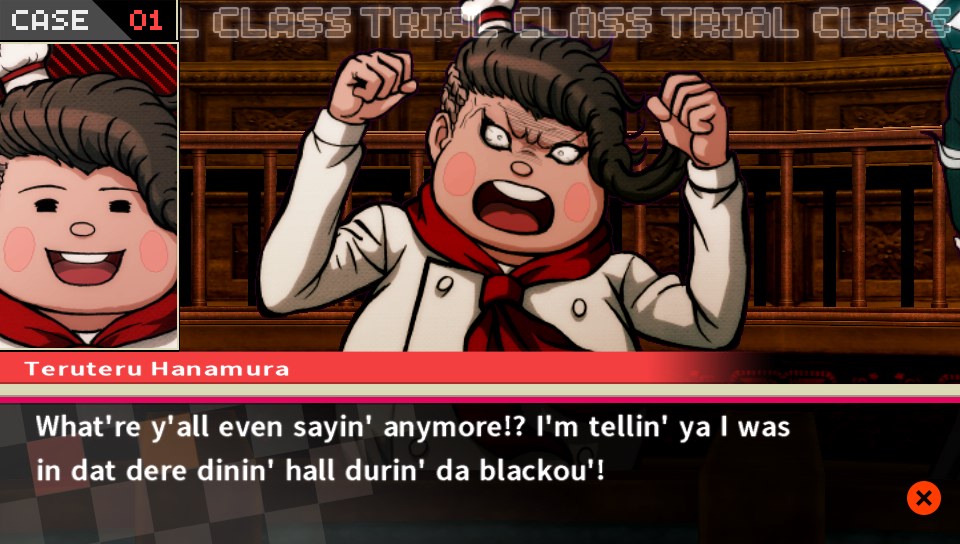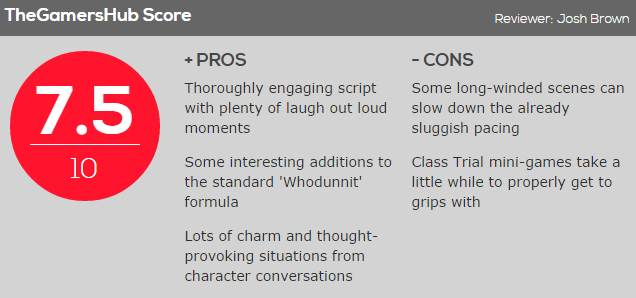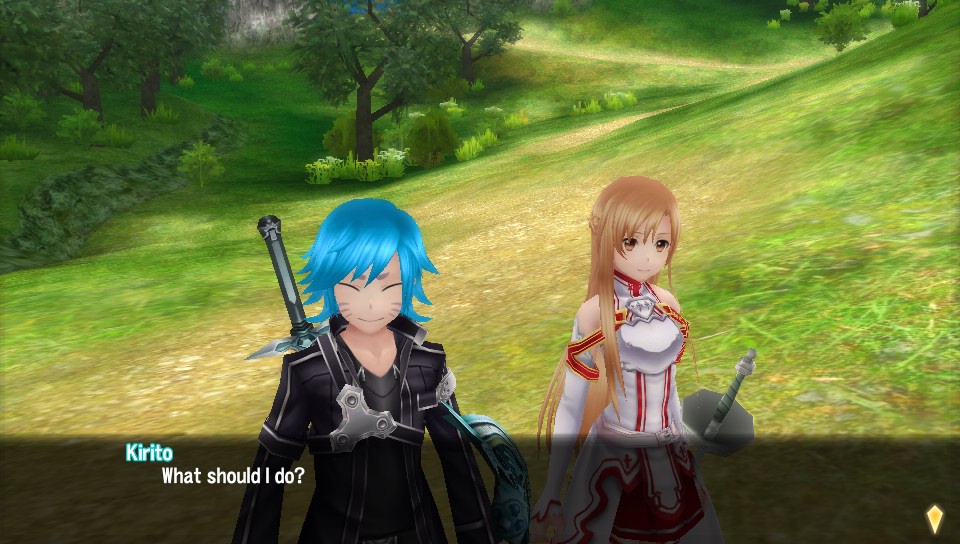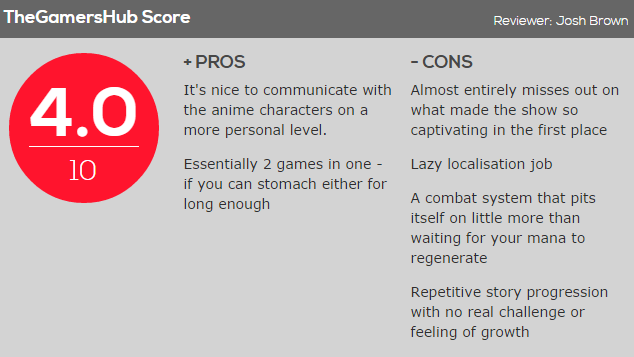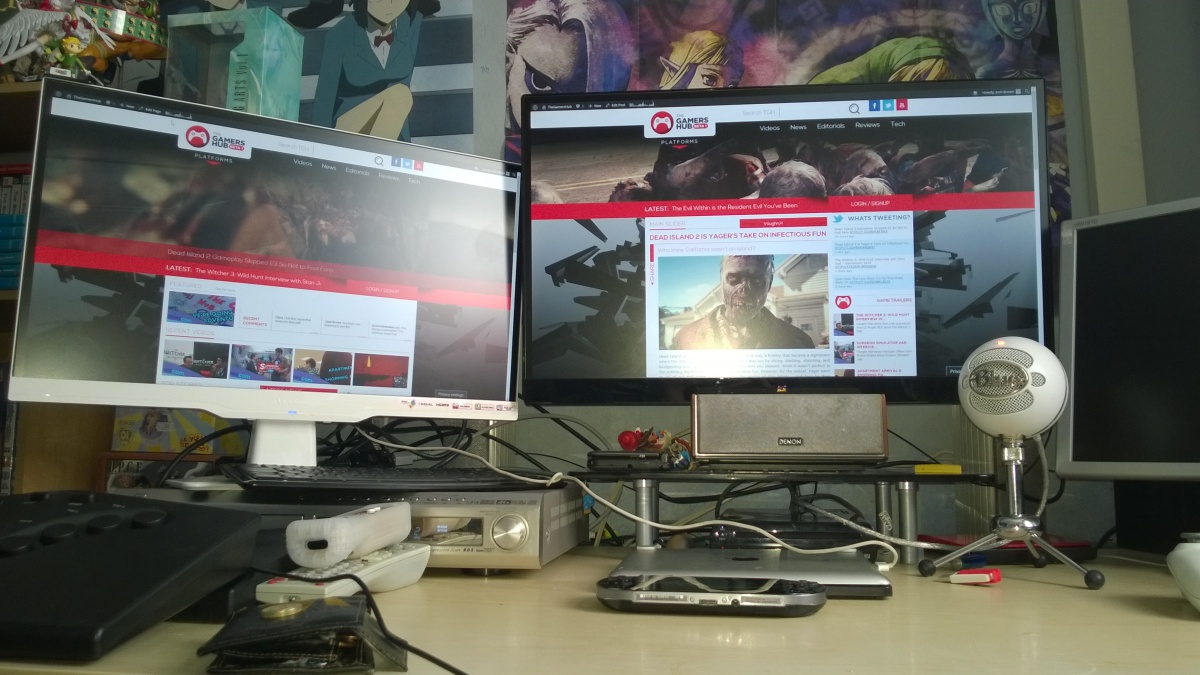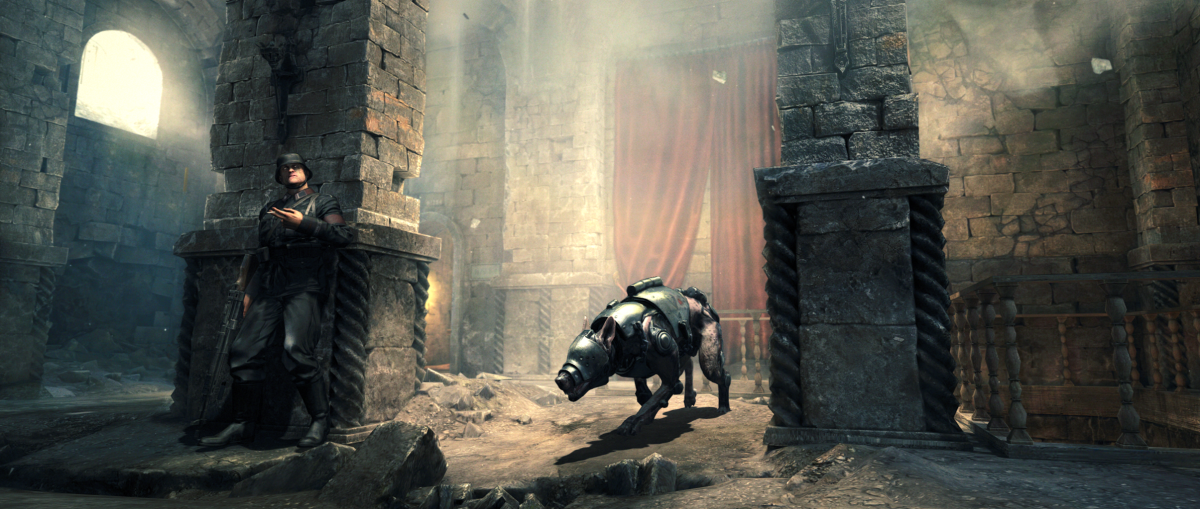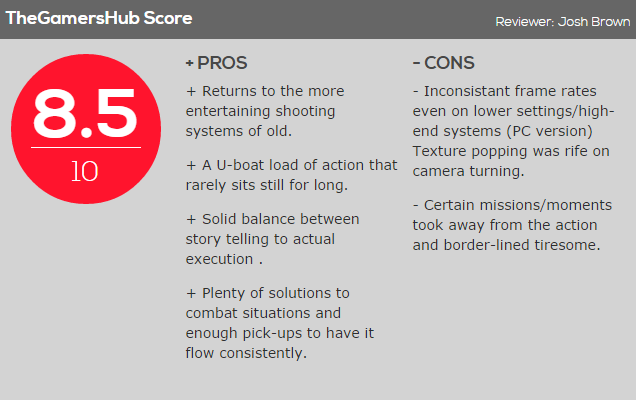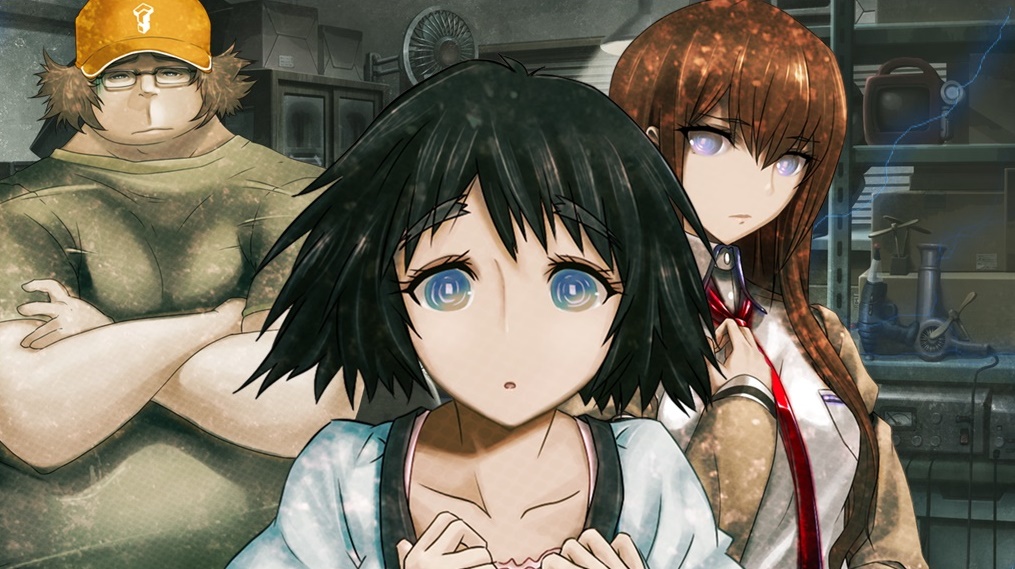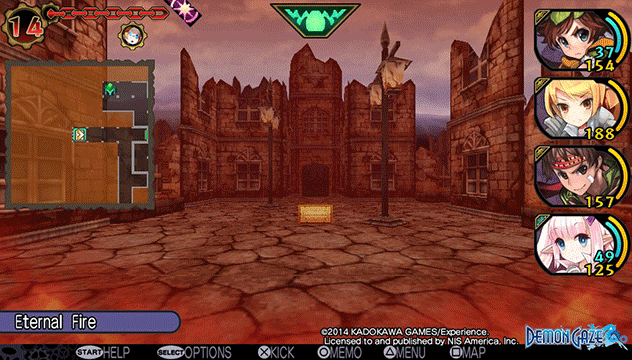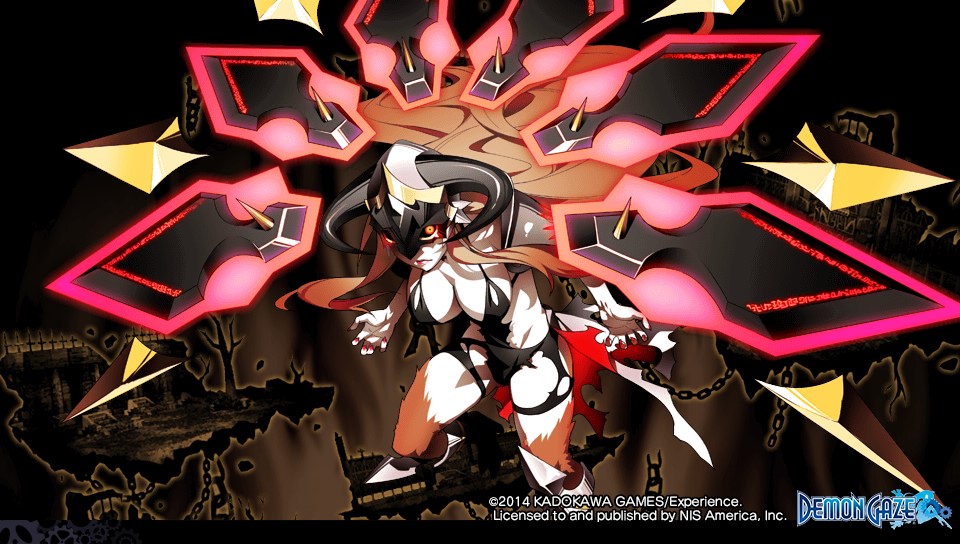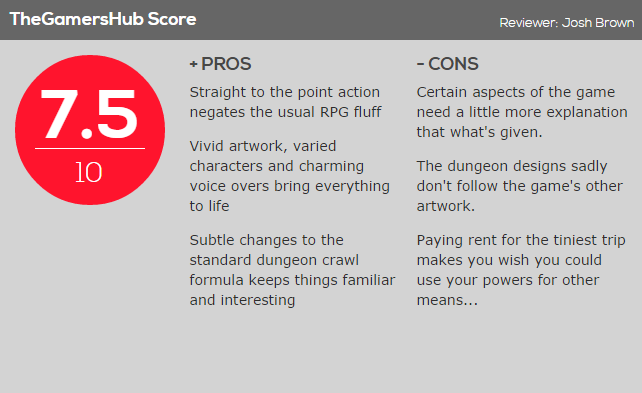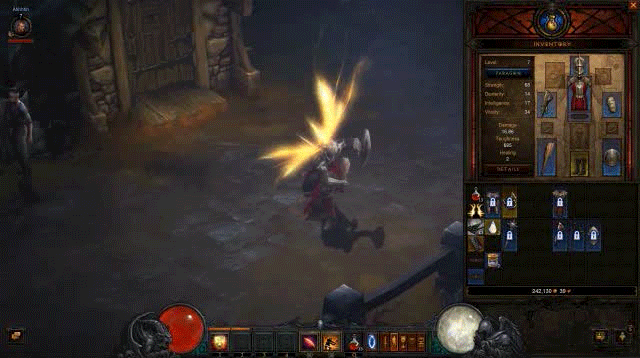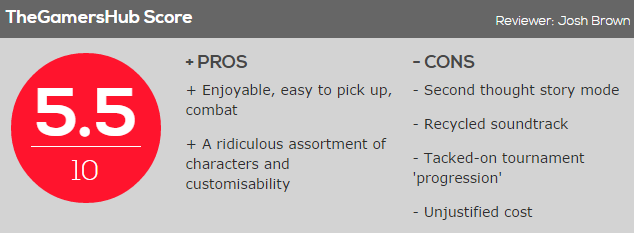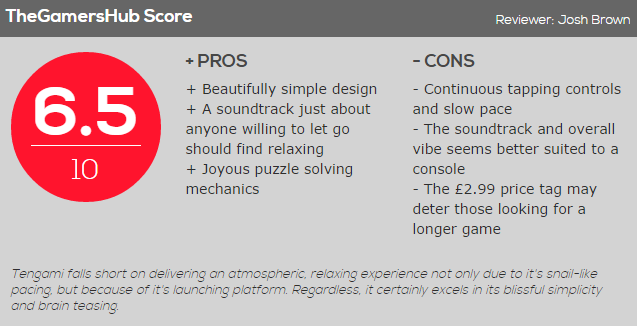The indie scene is growing at a rate nobody really saw coming. More and more budding games developers are leaving university with the newfound knowledge that they don’t have to go spend months, and perhaps years searching and relocated just to land a job in their preferred field. Instead, they’re turning their attentions to pulling up the cash to support themselves while they try to break into the industry through effort alone – creating a game from scratch and hoping for its success to catapult them into the big leagues.
InFlux is another example of a set of people looking to do just that.
Originally starting as a mod concept, InFlux soon outgrew its skin and turned into a product of its own. Utilizing the Unreal Engine and the power of the internet, an Australian citizen pulled together a band of eager developers from across the world to have at it with the ambitious puzzle game.
InFlux plays out much like a modern day Marble Madness. As a mysterious sphere drops from the sky like a meteor, you instantly take control to roll free of the impact crater and explore the soothing wilderness you seemingly claimed as your landing point.
Rolling forward, you start to utilize your own momentum to push through the fields of swaying grass and rocky hills surround the area. Without even a hit of explanation as to why you’re both a ball and rolling around a peaceful utopia, you barely question the motive as you go forward just embracing the sights and sounds around you.
The sights and sounds never let up, but you do quickly come across what seems to be the point of the game – the gateway puzzles blocking your progression. Large obscure arrays of glass boxes are oftentimes in full view through the entirety of your journey, and it’s these mysterious houses that turns InFlux into essentially it’s only focus.
Torch-like relics situated outside each box puzzle act as a lock mechanism keeping you from entering each mysterious abstract construct. By using your alien magnetic repel and attract features, you travel each stage-like landscape looking to claim sets of glowing balls needed to power up the relics and, in turn, the puzzle stages they keep closed.
Exploring the areas of InFlux are most certainly as much of the appeal as the puzzle sections. While unpolished level design and clipping issues can often mean boosting your way through rocks, terrain and even the glass itself, you are awarded some freedom to combine your boost and weight against objects to propel yourself up hills, mountains and rivers to get a clearer screenshot of the impressive landscape.
Though the collection sequences can appear tedious at times, the combination of the warm feeling environment and smooth, ambient soundtrack oftentimes takes the edge away from task.
Once in possession of area’s mysterious energy, a quick roll toward the gate torch will absorb the very essence you strived to collect and turn the solid glass entrance into a liquid-like surface much like the paintings of a certain post-millennium classic.
Being sucked into the glass chambers quickly reveals a world separate from the one you left behind. A flash of white light turns the hollow array of boxes into something much bigger than you set your sights on in moonlit grassy knolls.
The inside of each box is very different to the last. Some test your ability to control the sphere’s momentum and temporal boost abilities to reach the other side without falling into the endless depths below while others offer fully fledged rotating rooms of barriers, bridges, lifts and other spheres for you to pull, push and block between the former obstacles in whatever way necessary to get it through the exit gate alongside you.
Circumventing each puzzle goal with the correctly coloured sphere still tagging along with you unlocks the inter-dimensional glass housing and its grasp – setting you free through another blast of white light and spitting you just a meter or two where you originally entered.
Without the gate stopping you from plodding onward, you roll forward through the disappointingly linear, yet somewhat eye-catching environments repeating the same gather and solve feature until you can go no further.
The game sticks to this simple, relaxing premise for a good hour or two – as if it’s purposely binding you to the through that it’s all a sea of roses. Eventually you’ll begin to progress through caves, mountains, volcanos and more wider-spanning fields of green with puzzle sequences growing in size and taking and taking increasingly higher levels of thought, attention and planning to figure out.
As you navigate each puzzle to find the core matching the coloured gates within, you’re constantly battling to keep the ball from leaving your kinetic grasp and rolling back down two stories of cube. Planning is key in solving each as a common obstacle of the puzzle boxes are the fact the exit gate is on the ceiling. Manipulating the twist of each puzzle is oftentimes the only way to get the exit within viable reach and the key to your eventual escape. But with each twist comes the risk of losing your key orb to the alternating gravity – that’s why it becomes paramount to analyse where each platform will end before flicking the switch and finding a suitable wall to lock you and your orb in place before you’re sent hurtling further away from your goal.
While some of the harder puzzles can be solved with sheer dumb luck, it’s enough to say InFlux very much revolves around your own ability to use momentum to your suit your needs; whether that’s to get from point A to point B or just to catch a different angle of the world ready for photoshoot. Whether InFlux was intended this way is beyond me, but that’s undeniably how it plays out. Despite its flaws in design and questionably confused gameplay style, InFlux provides a decent enough puzzle experience wrapped around a world of minor mystery. It certainly isn’t breaking into new ground, but it does make for some fairly satisfying moments of blissful eye candy and makes me wonder what a modern day Marble Madness game would really entail.
InFlux, while crude at times, is a game made by a group of amatuar developers looking to unlock their own gates into the world of game development. While it certainly doesn’t shine in terms of craftsmanship, inspiration and attention to detail – it’s not one out to get your money. InFlux is available as a free download with the noble notion that those who enjoy the game can opt to throw some money their way through Humble Bundle, GoG and Steam. It’s as if to say the team themselves know InFlux isn’t the next Super Monkey Ball or Flower. It’s their heart, soul and energy. InFlux isn’t groundbreaking, but it’s certainly worth a look.

